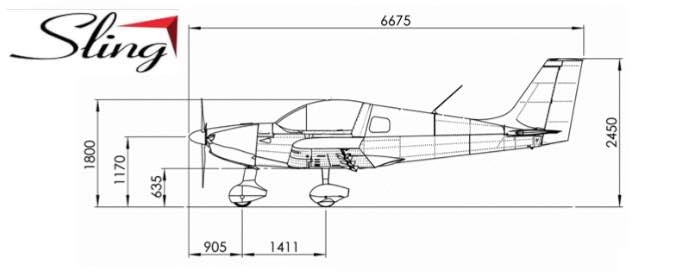The elevator presented itself as the most daunting of the empennage sub-assembly phases. It’s a lengthy piece – over 8 ft (2.5M) long, with ample potential for unwieldiness, twisting and treachery. Yet, after several weeks of thoughtful and careful steps, the thing has come together nicely.
Since the main spar channel was assembled, many of the remaining elevator fabrication and assembly tasks were accomplished during the last half of April and the first week of May.
Simple wooden supports were clamped and strapped to my workbenches. The structure merely rested on three points. Alignment was assessed with a laser-level, before and during fitting, and again after assembly. It all seems to be spot on.
I’ve talked much about it before. Vertical orientation seems to allow the structure to be established and then remain naturally true and relaxed, throughout the entire sequence of tasks – at least for the Sling 2 kit. It’s easy to work from all sides, with a minimum of manipulation. Gravity feels like it’s been working more for me, rather than the dark forces of Twist and Distortion.
The main surfaces of the elevator are covered with two skins. Each skin covers both top and bottom. There is a critical bend at the trailing edge. If the TE bend is not perfect, you’ve got trouble. Out of the box, my elevator skins were good. I’ve had skins for other components that weren’t. Believe me – it is absolutely futile to attempt assembly with an improperly fabricated skin. I know what to look for [now]. Also, the EL skins are extremely delicate – especially the LH one, where there are only a few inches of highly vulnerable material between the top and bottom panels of the skin. Great care in handling is essential.
The leading edges of the elevator are formed by factory bends that wrap the skin around the main spar channel, to overlap and join with a single row of rivets. Some builders have used a roll-forming tool to “break” the edge of the overlapping (top) skin. I have the tool, but didn’t use it. In my unpracticed hands, the potential to make things worse, not better, presented itself as I experimented on a few (not enough) scraps of aluminum sheet. A man’s got to know his limitations. The LE bends of the factory fabrication were better on one skin than the other. As you might expect, the resulting LE overlap was better on one side than the other. The LE seams are out of sight. It’s fine. Done and done.
